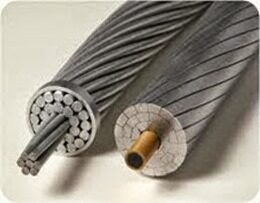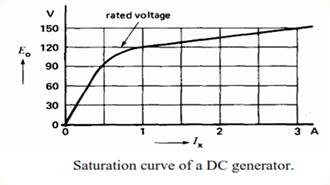
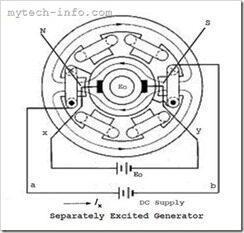
Idle and saturation curve
Field flow vs. excitation current
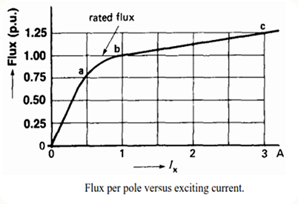
Principle and functionality of synchronous machine in wind energy
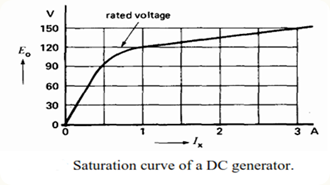
What are cryogenic engines and cryogenic fuels?
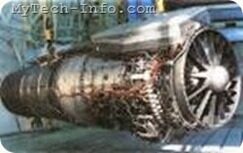
What is a cryogenic engine?
A cryogenic jet engine is a jet engine that consumes cryogenic or oxidizing fuels; their fuels or oxidizers (or both) are liquid and kept at very low temperatures. These engines were one of the factors in the worldwide success of landing on the Moon with the Saturn V rocket.
The cryogenic engine consists of the combustion chamber, fuel injector, pyrotechnic igniter, oxidation cryopumps, fuel cryopumps, gas turbine, cryogenic valves, regulators, engine nozzle and fuel tanks. When it comes to supplying propellants to the combustion chamber, cryogenic engines are pressure- or pump-fed, and pump-fed engines additionally feature a gas generator cycle, a staged combustion cycle, or an expander cycle.
Considering voltage when designing a transformer
These powerful rocket engines were initially considered individually by American, German, and Soviet engineers; everyone recognized that rocket engines require a high mass flow of oxidizer and fuel to produce sufficient thrust. Chemical elements (oxygen) and hydrocarbons with low relative molecular mass were then used as chemical substances and fuels. Both are gases in temperature and pressure. In theory, the size and mass of the fuel tanks would greatly reduce rocket performance if the propellants were stored as pressurized gases. To achieve the required mass flow, the only option was to cool the propellants to cryogenic temperatures (below -150°C, -238°F) and convert them into liquid form. Therefore, all cryogenic rocket engines are, by definition, liquid propellants or hybrid rocket engines.
Types of protection relays and their functions
What are cryogenic fuels?
Cryogenic fuels must be stored at very low temperatures to remain liquid. These fuels are used in machines that operate internally (e.g. rockets, satellites, etc.). Therefore, normal fuel cannot be used there as the environment does not support ignition. Refrigerants are most commonly liquefied gases such as liquid hydrogen.
Harmonics in the transformer
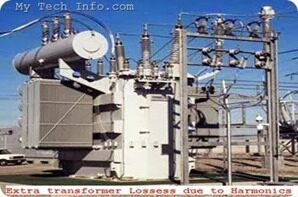
-
Additional copper losses due to harmonic currents.
-
Increase in main losses.
-
There was an increase in electromagnetic interference in communication circuits.
-
Increased dielectric load on insulation
-
Electrostatic interference in communication circuits.
-
Resonance between electrical winding phenomenon and power capacity.
Properties and types of insulators
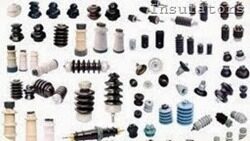
What is an insulator?
Properties of insulators
-
It has high strength and resistivity.
-
Great dielectric strength.
-
High mechanical resistance
-
I can't stand high temperatures.
-
It is not possible for temperature to change in nature.
-
It must not absorb water.
-
It can be done in any format.
-
There simply cannot be a fire.
Features and types of stairs
What do you call a conductor?
Stair properties
-
Simply conduct electricity.
-
There would be less resistance.
-
High tensile stress would occur.
-
More elasticity.
-
It will not be corroded by air, rain or heat.
-
When a current flows through the conductor, it heats up. Therefore, it will not be flooded with heat.
-
Easy to paste.
-
The cost is low and definitely worth buying.


